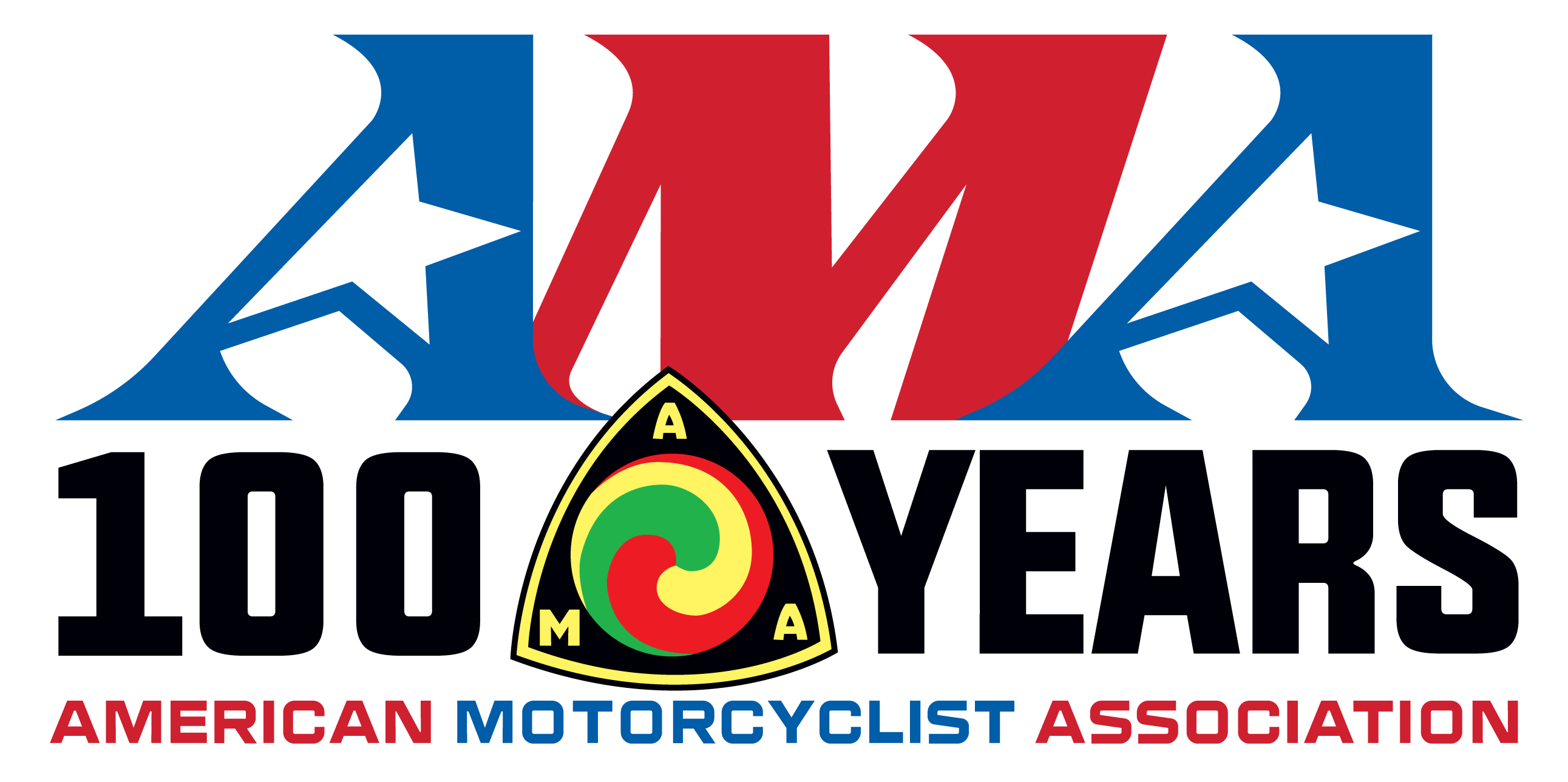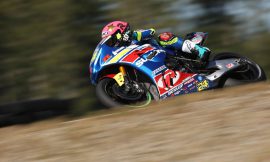
Disc brakes are not a new development on motorcycles. In fact, they’ve been used on road racing motorcycles as far back as the 1960s, and they started seeing widespread use on production streetbikes in the 1970s.

The systems are made up of two main components:
1. The rotor, which is a steel disc that is mounted securely to the wheel and spins with it.
2. The pads, which are mounted inside a hydraulically actuated caliper that clamps down on the rotor in order to decrease its speed of rotation and eventually stop the wheel from spinning.
Since the force applied by the brake pads on the spinning disc is what slows a motorcycle down, a tremendous amount of friction is created between the pads and rotor. That friction is not only what stops the bike, it also dictates how the bike stops, and that depends on the specific compound of the brake pads that are used.

Brake pads with a softer compound deliver a more linear, progressive brake feel as pressure is applied whereas a harder compound delivers maximum braking performance from the moment pressure is applied. Either compound will stop a motorcycle, but they obviously do it in different ways.
Let’s review the four types of motorcycle brake pads that are available:
Organic
Organic brake pads are made up of materials like aramid, carbon, or Kevlar that is bonded together with a resin. They are popular among riders who prefer a more progressive braking feel, with a bite that builds predictably the harder you squeeze the brake lever or pedal. And, because organic brake pads are softer, they’re not as abrasive on the rotors, but they do need to be replaced a lot more often.

Sintered (Metallic)
Sintering was developed by the riders and teams that competed in Superbike and Supersport championships back in the late 1990’s, and the goal was to improve the coefficient of friction, rate of wear, and how the brake pads handled and dissipated heat. Made from a mixture of metallic particles (primarily copper) and organic substances that are fused together under heat and pressure, sintered brake pads are long lasting and perform well under hard use, but they are more abrasive and wear out brake rotors faster. Their more aggressive bite makes them the brake pads most commonly used by MotoAmerica riders.
Carbon
Similar in construction to sintered brake pads, carbon pads feature an extra blend of special carbon materials that are designed to improve thermal stability, stopping power, and brake pad wear. The only mandate is that you have to bring them up to operating temperature in order for them to deliver optimum performance, which can sometimes be tricky at the beginning of a race or under conditions when the ambient temperature is low.
Ceramic
The newest innovation in brake pad compounds, ceramic brake pads are also similar to sintered pads except that they use ceramic compounds instead of some or all of the metallic particles found in sintered pads. The ceramic compounds enable the pads to withstand higher temperatures, while reducing brake fade, and the pads are able to cool down more quickly. They also cause less wear on both the pads and the rotors. However, they have less “bite” and less stopping power than sintered pads, and that reduced effect is even more noticeable in colder temperatures.
To purchase tickets for all MotoAmerica events, click HERE
For information on how to watch the MotoAmerica Series, click HERE
For the full 2020 MotoAmerica Series schedule, click HERE








